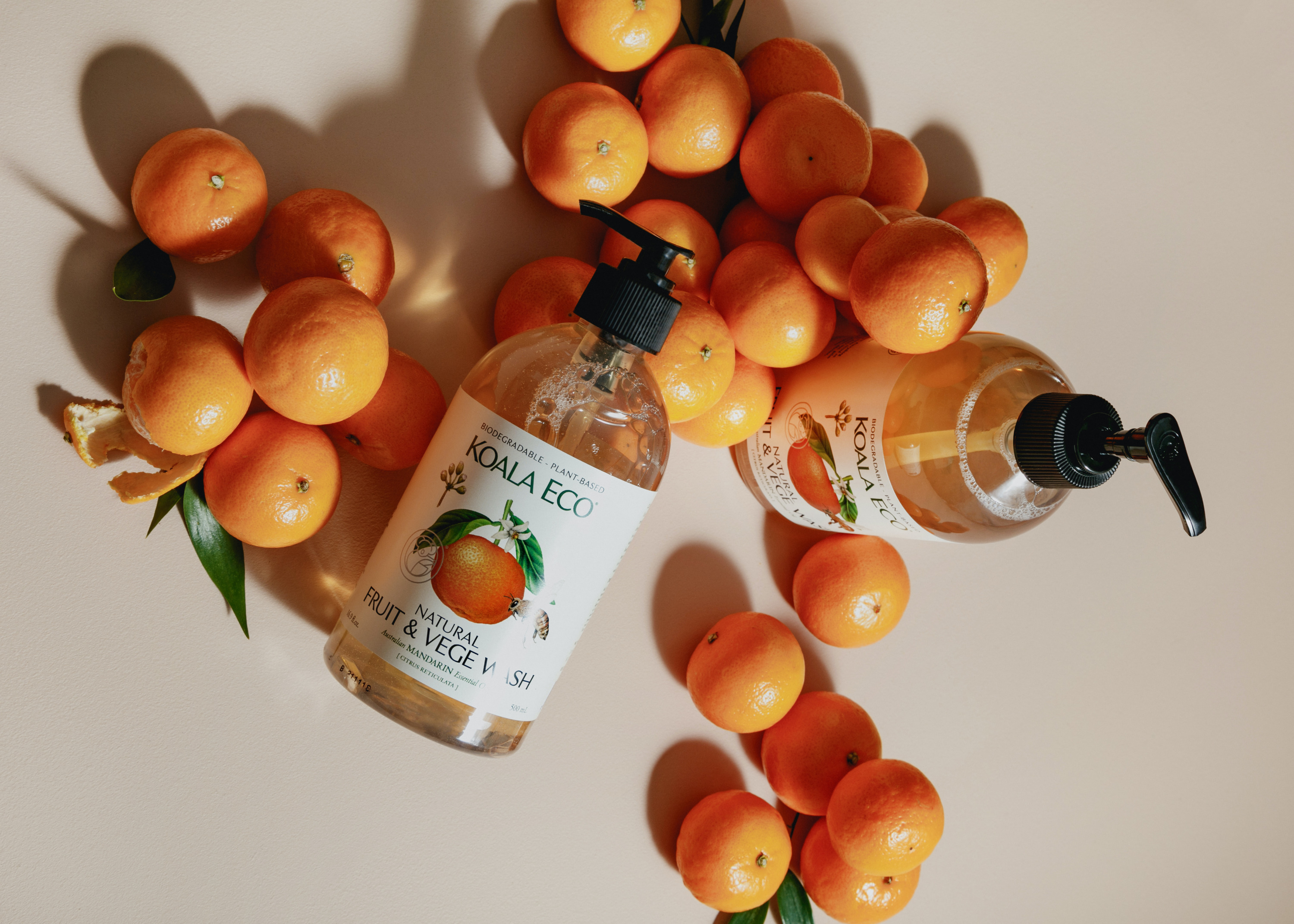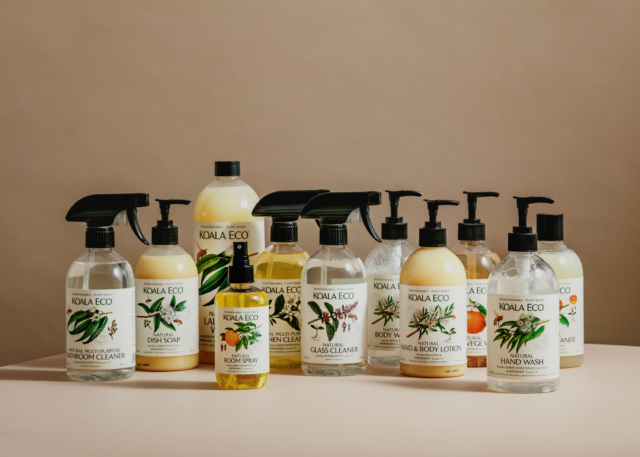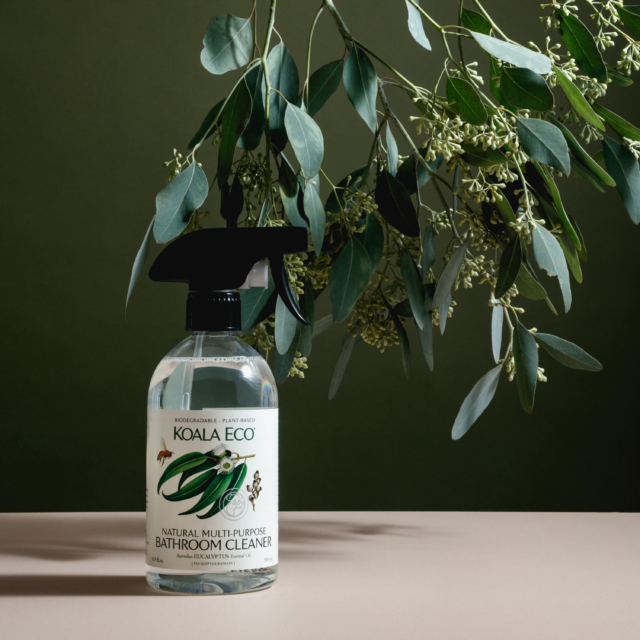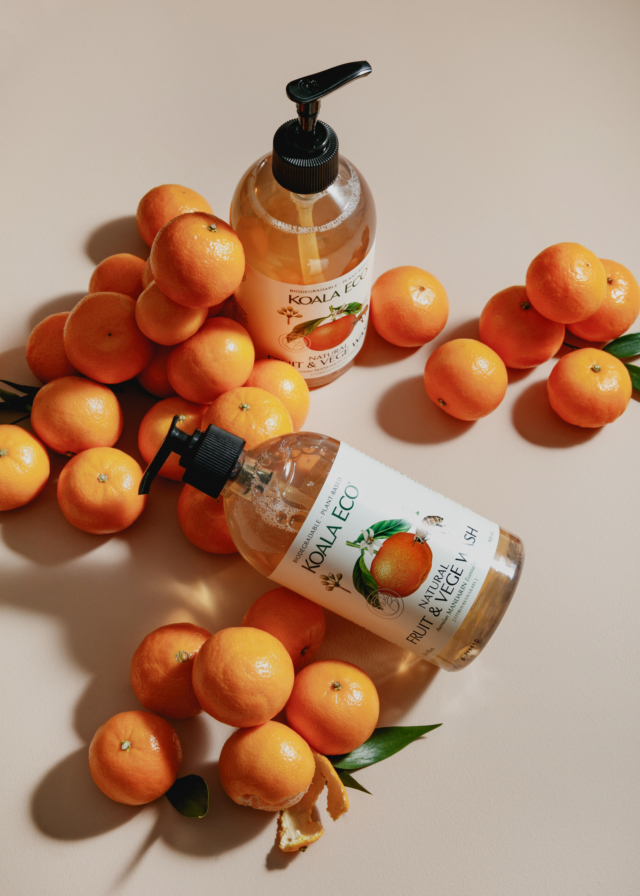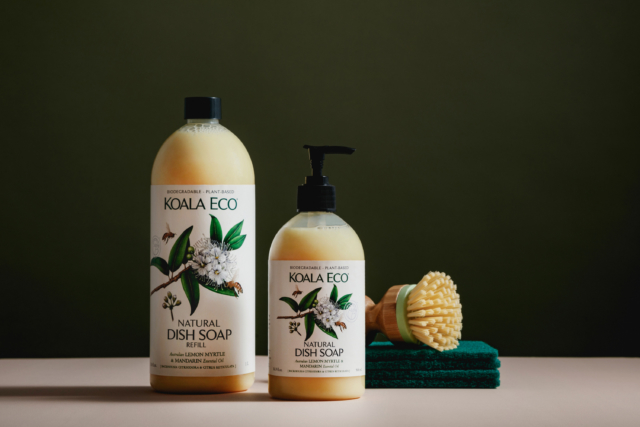Rachael Hallett and Karlie Suttie, creators of the wildly popular Mums who Clean Facebook Group with almost 350,000 members, share their top tips for getting on top of the spring cleaning. With summer seemingly nowhere in sight, we figure we’ve got a little longer this year!

- Make a plan
Spring cleaning can be challenging whether your place is big or small. But, like all big undertakings, making a plan is a good idea. Start by listing out every room of your house, thinking about things you probably don’t clean regularly. This may include baseboards, walls, behind and underneath furniture (and the furniture itself). A handy tip is to work from the top down, starting with ceilings, walls and cabinetry first and floors last. This helps ensure that any dust or debris that falls to the floor is cleaned up at the end, as opposed to cleaning the floors first.
- Overhaul your cleaning supplies
Before getting stuck into the dirty work, ensure you have all the cleaning supplies you will need for the work ahead. It’s also a good time to replace those old rags, brushes or sponges you’ve been using the last few months that may have hidden bacteria of their own. Many cleaning products also have a shelf life, so any products that are old and out of date, such as multi-purpose cleaners, should be thrown away. This is also a good time to check the filter on your vacuum. A dirty filter can significantly affect your vacuum’s suction power, resulting in a less effective clean. Ideally, you should be cleaning your vacuum filter every three months to get rid of the dirt particles, crumbs and dust hiding inside or on newer vacuums, like the LG CordZero Handheld Vacuum with All-In-One Tower, the LG ThinQ mobile app sends notifications to your phone when you need to change the filter.
- Declutter first
To boost your motivation, start by decluttering your space. Consider donating and selling anything you don’t need so that you are starting your spring clean with a fresh, spacious area. This will help you achieve a deep, thorough clean of the home as opposed to a superficial clean around the cluttered objects. If you aim to reduce the clutter on flat surfaces like tabletops and shelving, it will also become much easier to keep clean in the long term by reducing the places dust and debris can hide.
- Set a new tone, with some fresh scents
There’s nothing better than the smell of citrus to power you through your spring cleaning. Distract yourself from the pungent odour of cleaning supplies by lighting a candle. You could even add a scent to your vacuum cleaner or mop water, so you leave a nice smell throughout the home. Some of our top scent suggestions are eucalyptus, lavender and lemongrass.
- Clean your cleaning appliances
Dishwashers and washing machines are appliances we use daily to clean up messes. However, we sometimes forget that these appliances can also collect dirt, bacteria and even mould, especially if we aren’t careful to maintain them. The process can be as simple as using common household products such as vinegar and bi-carb soda and running through each machine on a normal cycle. Fortunately, newer washer machines and dishwashers these days come with self-cleaning functions that make cleaning your appliances a whole lot easier.
- Expired? retired!
Give your fridge a makeover by throwing away expired, leftover foods and stocking up with fresh springtime fruits and vegetables. It’s important to seasonally clean out your fridge to prevent the growth of any harmful bacteria or mould. It’ll also make cooking much easier, with less clutter and time spent looking for that missing ingredient.

- Don’t forget about the air in your home
Cleaning or replacing the filter on your air conditioner is one of the most important yet overlooked household chores. Air conditioner’s ducts can build up dirt and dust in winter, making it harder to dispel fresh air and worsening energy efficiency. Smart air conditioners come with a feature that allows you to monitor the status of your filter and advises when it needs changing.
- Use a vacuum with HEPA technology to reduce allergens
Reduce springtime allergens from your home by using a vacuum with HEPA technology. HEPA technology captures dust and tiny airborne particles like pet dander and allergens, providing a much more effective clean. We suggest using this feature in combination with different accessories and cleaning tools so you can target other areas beyond carpets. For example, the LG CordZero All-in-One Tower includes a Bedding Power Punch Nozzle that can vacuum dust and allergens off soft furnishings such as curtains, pillows, lamp shades, mattresses and couches.

- De-gunk your oven
Cleaning your oven is an essential part of spring cleaning. Nobody wants an oven filled with grease, grime and food debris. Not only can it compromise the flavouring of your baked goods, but it can be a fire hazard. As a first step, use your appliance’s self-cleaning function to remove stubborn, baked-on grime. If your oven doesn’t have this feature, you can clean your oven’s interior using a damp microfibre cloth or sponge, along with some bicarb soda and vinegar.

For those stubborn oven racks, our hack is to wrap each rack up with foil and pop a dishwasher table inside. Next, soak all your oven racks in the bath with hot water for at least 2 hours or overnight for the best result, making sure to first line the bottom of the tub with a towel for protection. Once finished, run a soapy steel wool or scourer over the rack to wipe off all the grime.
- Tackle the grout
Cleaning grout between the tile flooring is an often-overlooked chore in our annual spring clean, as it’s a lot more labour-intensive than mopping. However, cleaning grout doesn’t have to be as labour-intensive as you think if you use the right products and techniques! We suggest pouring Long Life Grout Cleaner from Bunnings and lightly scrubbing with a hard bristle hand brush. After wiping the residue with a damp cloth, the grouting looked good as new, without a trace of dirt left between the tiles—this an easy hack to achieve a lighter and brighter bathroom look.

For more on LG home appliances | Mums Who Clean Facebook Group



























